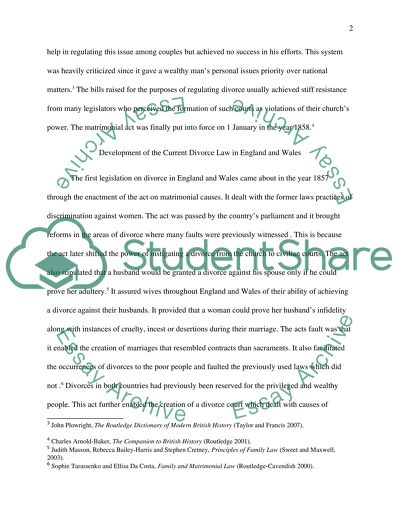Cite this document
(“The Nature of Divorce Law in England and Wales Dissertation”, n.d.)
Retrieved from https://studentshare.org/law/1395195-the-nature-of-divorce-law-in-england-and-wales
Retrieved from https://studentshare.org/law/1395195-the-nature-of-divorce-law-in-england-and-wales
(The Nature of Divorce Law in England and Wales Dissertation)
https://studentshare.org/law/1395195-the-nature-of-divorce-law-in-england-and-wales.
https://studentshare.org/law/1395195-the-nature-of-divorce-law-in-england-and-wales.
“The Nature of Divorce Law in England and Wales Dissertation”, n.d. https://studentshare.org/law/1395195-the-nature-of-divorce-law-in-england-and-wales.


